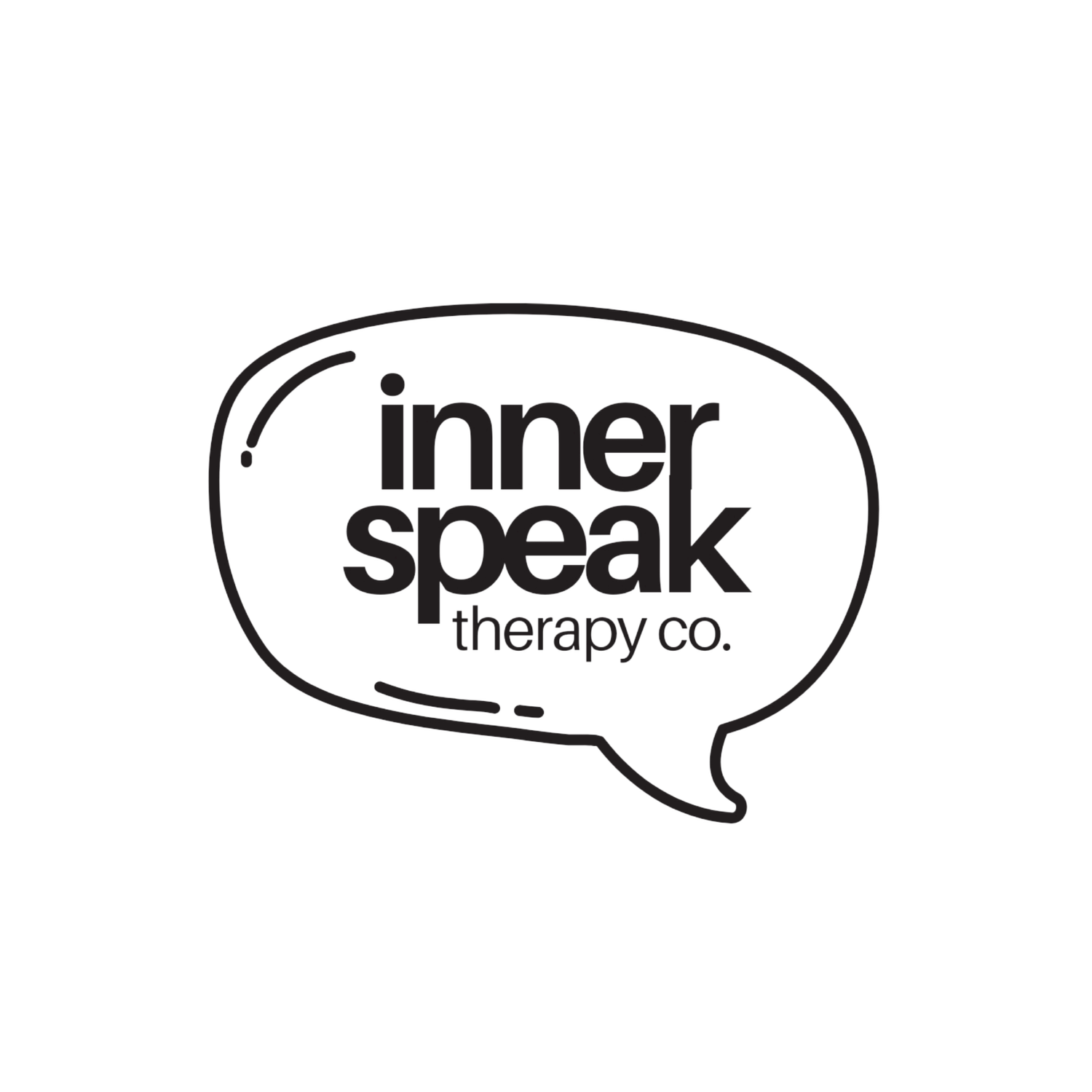What Even Is Trauma? (It’s Probably Not What You Think)
When people hear the word "trauma," they often think of war, car accidents, or major disasters. And yes—those are traumatic. But trauma is way more nuanced than that. Trauma isn't just about what happened to you—it's about how your body and nervous system responded to what happened.
Let’s unpack this, with a little help from Peter Levine and Janina Fisher, and woven through a lens that also honors decolonial perspectives—because trauma doesn’t exist in a vacuum. It’s shaped by systems, histories, and the ways bodies are policed, marginalized, and pathologized.
1. Trauma lives in the body.
Peter Levine, creator of Somatic Experiencing, famously said: "Trauma is not in the event itself, but in the nervous system." That means two people could experience the same event, and one may walk away relatively unshaken while the other’s life changes forever. It’s not about being “too sensitive”, it’s about how your body processed (or didn’t process) the experience.
And from a decolonized perspective, we also know that trauma can be collective and ancestral. Entire communities carry the physiological imprint of colonization, displacement, racial violence, and systemic neglect. These experiences are not always named in clinical settings but live in the body and in culture.
2. Trauma responses are survival responses.
Fight, flight, freeze, and fawn are all ways our nervous system tries to keep us safe. Janina Fisher’s work highlights how these responses—especially in childhood—can become embedded in our personality. For example, being hyper-independent might actually be a freeze or flight response that helped you survive emotionally chaotic environments.
These responses also develop in response to systems of oppression. Code-switching, masking, emotional numbing, and over-functioning are not just personal issues, they’re survival tools in environments where people of color, queer folks, disabled folks, and other marginalized identities are made to feel unsafe or unseen.
3. Big-T vs. Little-t Trauma
Not every trauma looks like a movie scene. Big-T trauma might include violence, abuse, or life-threatening events. Little-t trauma can be chronic emotional neglect, invalidation, or growing up in a household where you had to walk on eggshells. Both types impact the brain and body. Both are real.
And many of the “little-t” traumas marginalized folks carry are so embedded in daily life that they get dismissed or minimized. Microaggressions, poverty, generational shame, loss of cultural identity—these are all traumas, even when the dominant culture doesn't acknowledge them as such.
4. Trauma isn't just about memory—it's about now.
If you’ve ever felt triggered by something that “shouldn’t be a big deal,” it might be your body remembering something your mind forgot. Trauma gets stored in implicit memory—sensation, emotion, body response—not just thoughts. That’s why healing often requires more than talk therapy.
Healing also requires acknowledging that some people are still living in systems that retraumatize them. It’s not just about regulating your nervous system in a vacuum—it’s about creating collective safety, building community, and challenging the systems that cause harm in the first place.
5. Healing is possible—and it doesn't have to be linear.
Trauma healing isn’t about erasing the past. It’s about helping your nervous system come back into balance, building safety, and reconnecting to your sense of self. It can be slow, nonlinear, and full of setbacks—and still be incredibly worth it.
And healing doesn’t always look clinical. It might look like dance, ceremony, prayer, gardening, drumming, storytelling, or connecting with ancestors. These practices have been used for generations to metabolize pain, and they are just as valid as anything found in a therapy manual.
TL;DR
Trauma is the lasting impact of overwhelming experiences on your nervous system. It can show up in ways you don’t expect—and healing is about more than just talking it out. It’s about honoring your body’s story, reclaiming cultural wisdom, and gently re-learning what safety feels like—both individually and collectively.
If this post resonated, you’re not alone, and you don’t have to heal alone either. Schedule a consultation, and let’s begin the journey together, at your pace.
Sources:
Levine, P. A. (2010). In an Unspoken Voice: How the Body Releases Trauma and Restores Goodness. North Atlantic Books.
Fisher, J. (2021). Transforming the Living Legacy of Trauma: A Workbook for Survivors and Therapists. PESI Publishing & Media.
van der Kolk, B. (2014). The Body Keeps the Score: Brain, Mind, and Body in the Healing of Trauma. Viking.
Menakem, R. (2017). My Grandmother's Hands: Racialized Trauma and the Pathway to Mending Our Hearts and Bodies. Central Recovery Press.
Thai, L. (2023). "Decolonizing the Body: Somatics, Trauma, and Collective Liberation." Public teaching and community courses.
